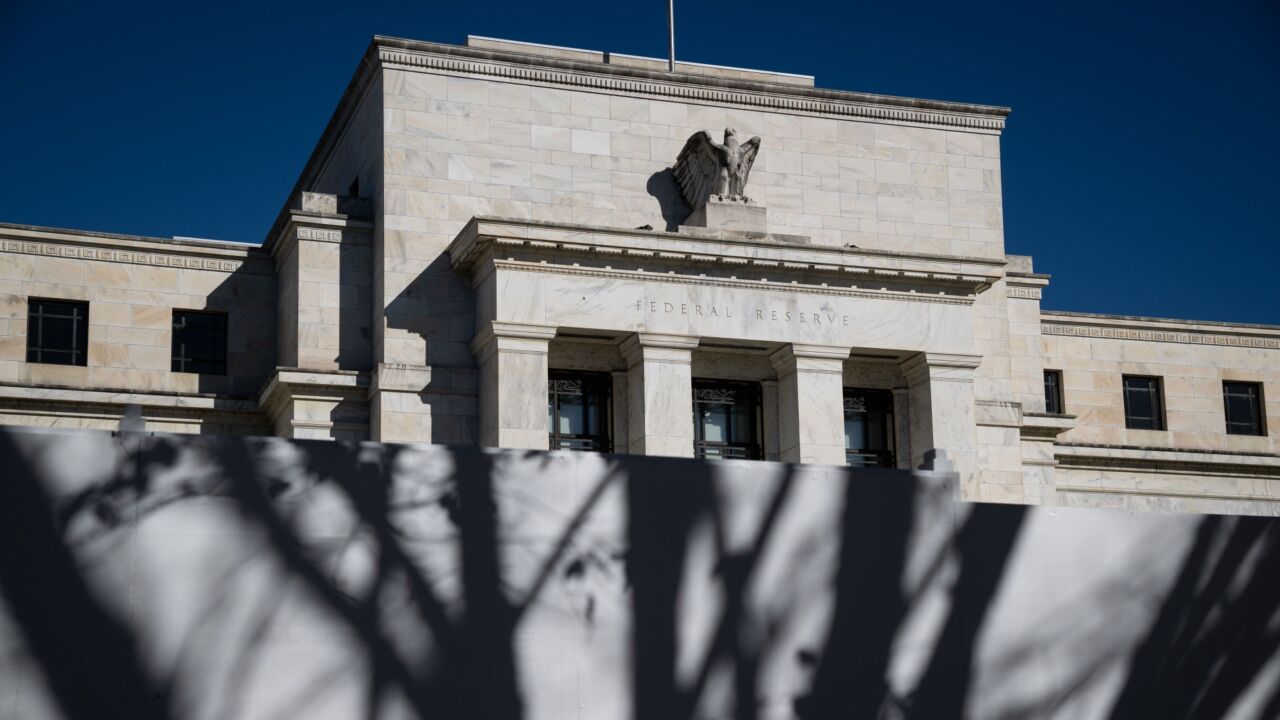Bank of america bit off a mouthful when it bought FleetBoston, and the digestion promises to be fraught with all the trials and tribulations emerge in the wake of such consumption. And when the stress of keeping pace with sweeping regulatory changes and industry-wide strategic initiatives is added, tech staff on both sides of the transaction are in for a fair amount of sweating.
"There will be a lot of hiccups. Whenever you have a merger of this magnitude, it's going to be a long process, and there will be a very long path to integration," says Jim Beams, director of consumer banking research for Financial Insights, an IDC company.
BofA and technology partners did not comment on the merger beyond press conference statements issued at the time of the deal. During an interview on high-tech banking kiosks, Jeff Barker, evp of retail banking for Fleet, says it's still too early to comment on the impact of the BofA deal. But it's still business as usual for Fleet in
the technology/product rollout front. The bank is continuing to open banking kiosks in high traffic areas of New York, Philadelphia and Boston.
Analysts say the challenges for the merger start with FleetBoston's old-by-comparison core processing capabilities. Other problems may arise from branch conversions, while additional headaches could come from how executives achieve their stated savings target of more than $1 billion without goodwill-eroding job cuts.
BofA is paying $47 billion for FleetBoston, and the deal will give it one out of every $10 in U.S. deposits. BofA will vault past JPMorgan Chase into second place in terms of U.S. banks ranked by assets and become a major player in the Northeast.
The pending deal is drawing comparisons to the First Union/Wachovia merger, which is still working itself out after two years. And while most say the acquisition is a good move for BofA, allowing it to expand significantly in an important market, Beams says most of the benefits are long-term and won't be enjoyed for awhile. "It's a long-term strategic play. In the short term it will be a major distraction," Beams says.
Whenever two organizations merge, one of the first jobs is to figure out what gets saved, what gets combined and what gets tossed out. "The biggest thing is the culture, if the conquering organization forces themselves on another organization, which may have already figured out the best way to accomplish certain things," says Don Free, principal analyst at Gartner. He adds that "best practices" don't always win out in M&A cases. "The conquering firm rarely gives into an acquired company."
While the "conquering" firm, BofA in this case, usually wins, there are always opportunities to cherry pick from both sides in the name of best practices. And when it comes to assimilating a new bank's technology platform after M&A action, it isn't the first rodeo for either institution. "Both organizations have a long history of managing merger integrations," says Jim Eckenrode, vp of consumer banking research for TowerGroup, who says BofA has experience with mergers like the Fleet deal that entail little overlap-where cost cutting isn't the primary goal. "Fleet is more of a product of 'in-market' mergers."
At a press conference, BofA chief executive Ken Lewis-who will serve as CEO of the combined firm-says that after the initial dip in stock price, the merger will eventually produce stronger earnings by extending the bank's access to wealthy individuals in the Northeast while improving the merged firm's technology and corporate management. FleetBoston's chief executive, Charles K. Gifford, will serve as chairman. Both execs have been vague about job cuts, with Lewis saying some employees would eventually be laid off, but also saying the firm actually plans to add jobs in the coming year.
Eckenrode says the BofA/Fleet deal is supposed to yield 20 percent, or $1.3 billion, in cost savings, a puzzling number given the execs' public statements regarding the apparent stability of staffing levels. "There's not a lot of overlap in branches, so it's not clear where the savings is coming from. I think the challenge is how they get that 20 percent reduction," he says. "They have very little overlap in the applications they use."
It's in the branches where many of the questions will get answered. Under the deal, BofA says it will have about 5,700 retail branches and more than 16,500 ATMs.
Beams says the branch conversion will be "pretty tricky," given the size of the network, which is double that of Wells Fargo. With this kind of project, BofA risks falling behind the curve at a time when most banks are focused on upgrading their existing branches. "There's lots of pieces to look at, and they're going to have to pick out which piece is going to win."
Added to the complications are regulations such as the Patriot Act, Basel II and Sarbanes Oxley. While BofA is adsorbing Fleet's technology, it also has to consider how the combined entity will remain compliant. And in that case, there's no time to sit back and think about best practices. "This conversion is going to take about four or five years to play out, and the regulatory compliance issues don't have that long a fuse," Beams says.





